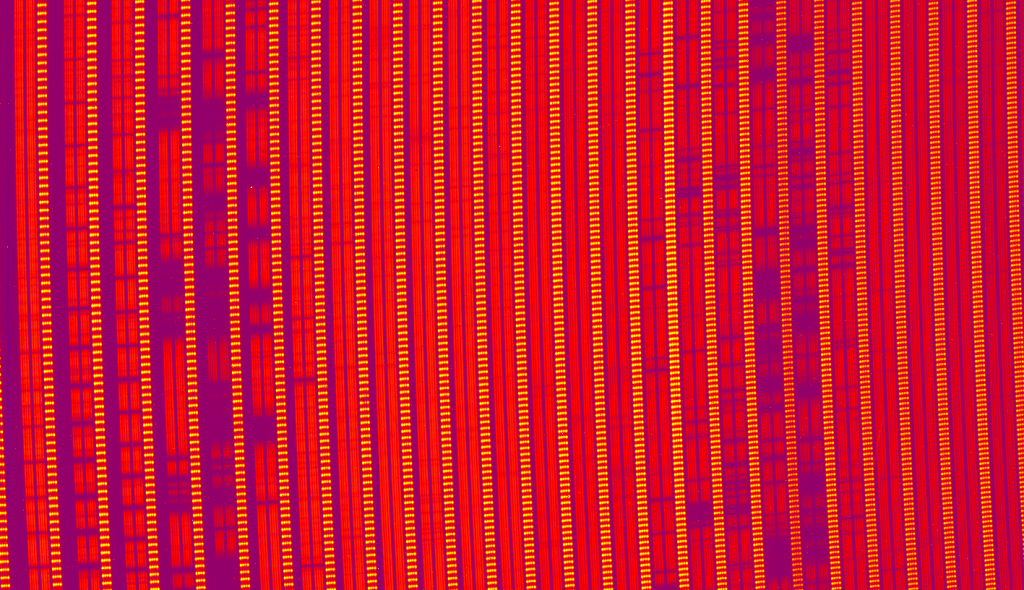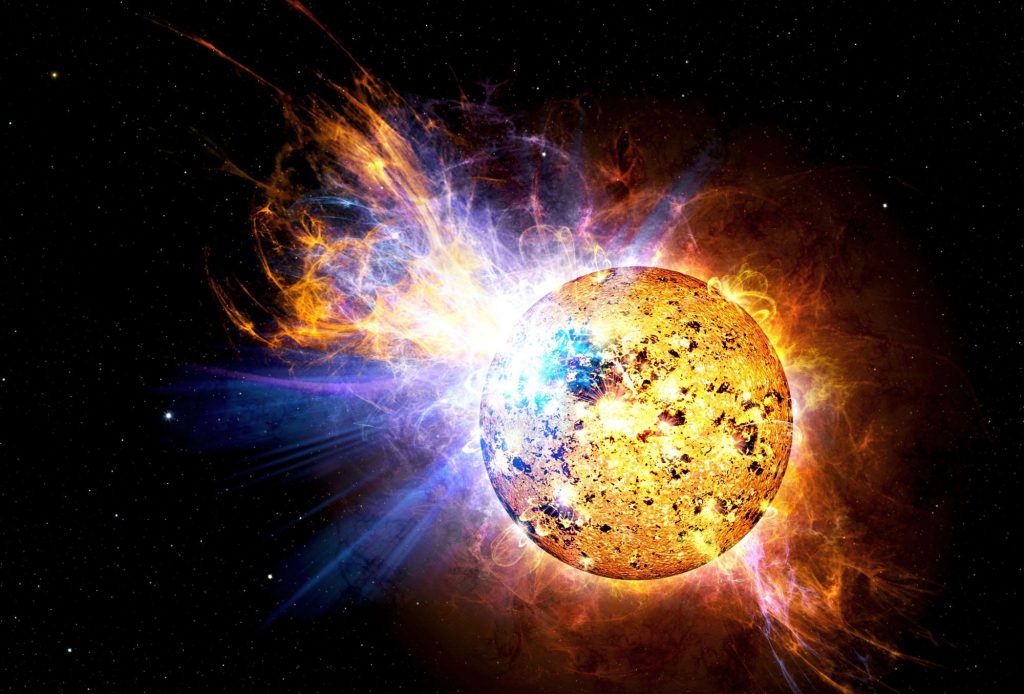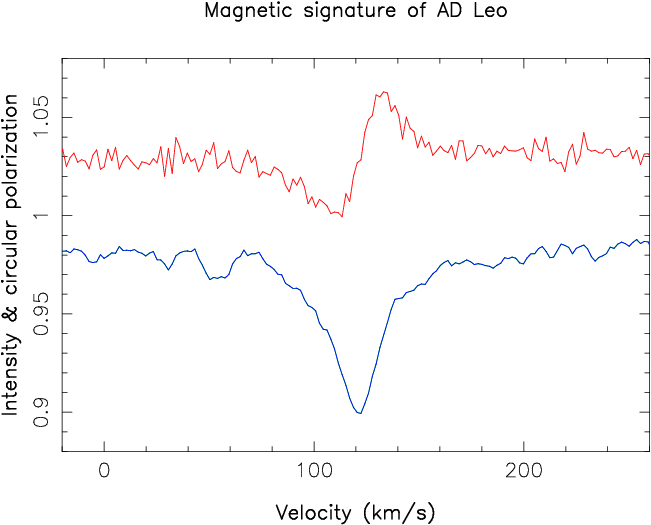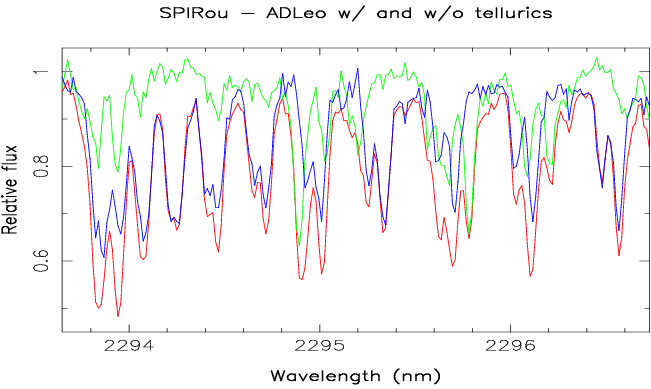2018 April: First light from the starry sky for SPIRou
SPIRou collects its first photons from stars beyond the Solar System
Although still in a phase of technical characterization, SPIRou enjoyed a short period of star gazing on April 24 to 26 through the giant eye of the 3.6m Canada-France-Hawaii Telescope (CFHT), atop the dormant Maunakea volcano on the big island of Hawaii. The goal was to verify that SPIRou behaves as expected when staring at the sky rather than at calibration lamps.

Only three nights were available for this first on-sky run, before the mountain was hit by a tropical storm and the summit covered with snow from a clouded-out sky. During these three nights, SPIRou already gathered an impressive collection of about 440 spectra of 24 stars, half of which of the red dwarf type – a stellar population that SPIRou will soon scrutinize within its forthcoming large-scale discovery programme in search for nearby planetary systems that will require hundreds of observing nights at CFHT.
One of the red dwarfs that SPIRou observed during this first on-sky exercise is AD Leo, a well studied active star located 16 light-years from us in the constellation of Leo, known for its strong magnetic field and hugely energetic flares.
Among many verifications, SPIRou demonstrated its ability at detecting the magnetic field of AD Leo through the circular polarization such fields generate in the line profiles of stellar spectra. SPIRou also observed several stars known as “telluric standards”, whose spectra contain mostly telluric lines from the Earth’s atmosphere, of which the infrared domain of SPIRou (spanning 980-2400nm) is particularly rich. Identifying this telluric spectrum is essential to diagnose which features of the SPIRou spectra are attributable to the observed stars and are thus able to inform us about planets potentially orbiting them.
These first SPIRou observations were handled by Claire Moutou, resident astronomer at CFHT, with the assistance of the whole CFHT observing team for telescope operation. Preliminary data reduction and analysis was carried out by JF Donati (IRAP/OMP).
Links to the Press Releases:
- Canada-France-Hawaii Telescope (in english)
- iREx Montréal: french / english versions
- Université de Montréal (in french)
- CNRS (in french)





